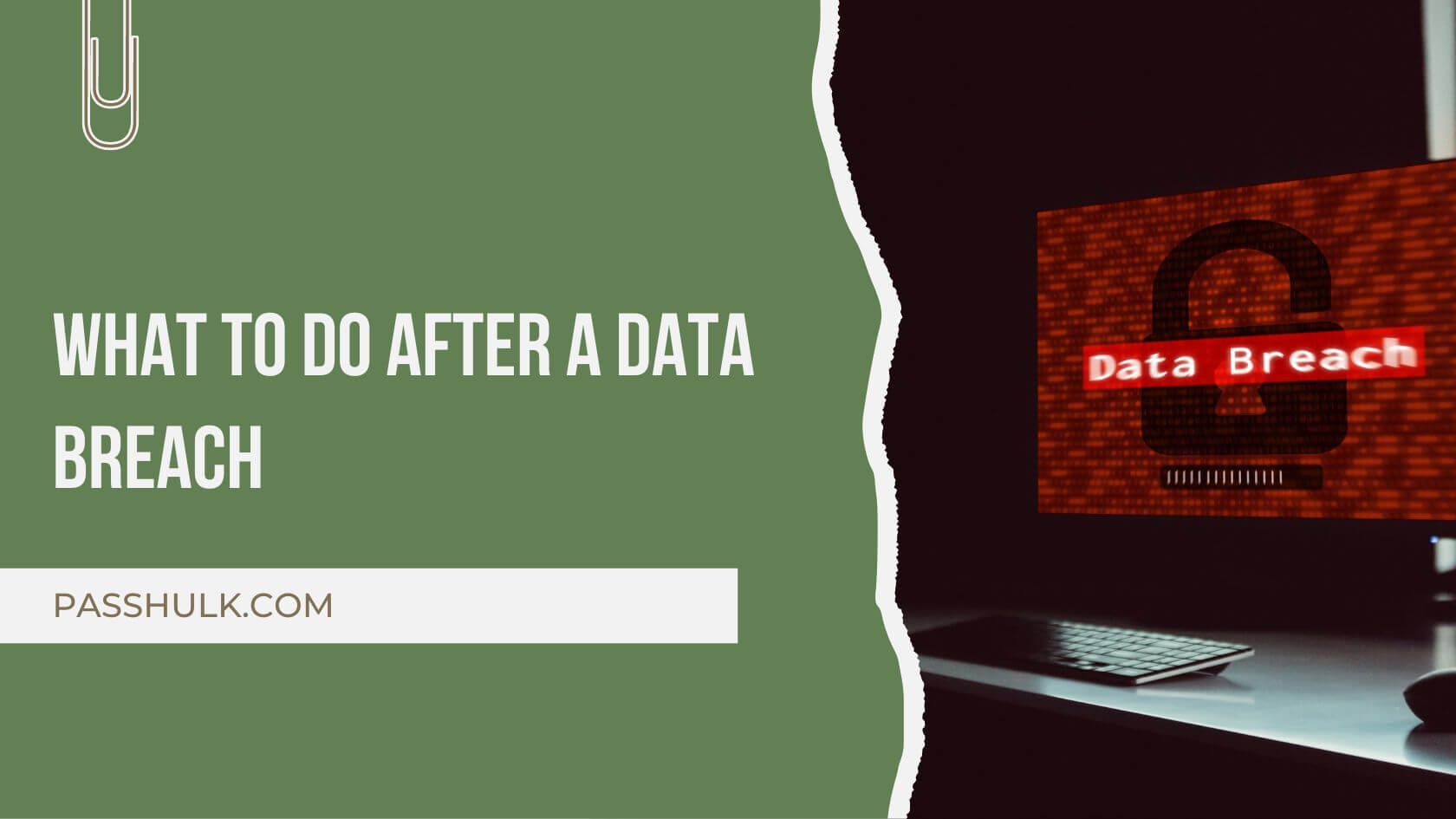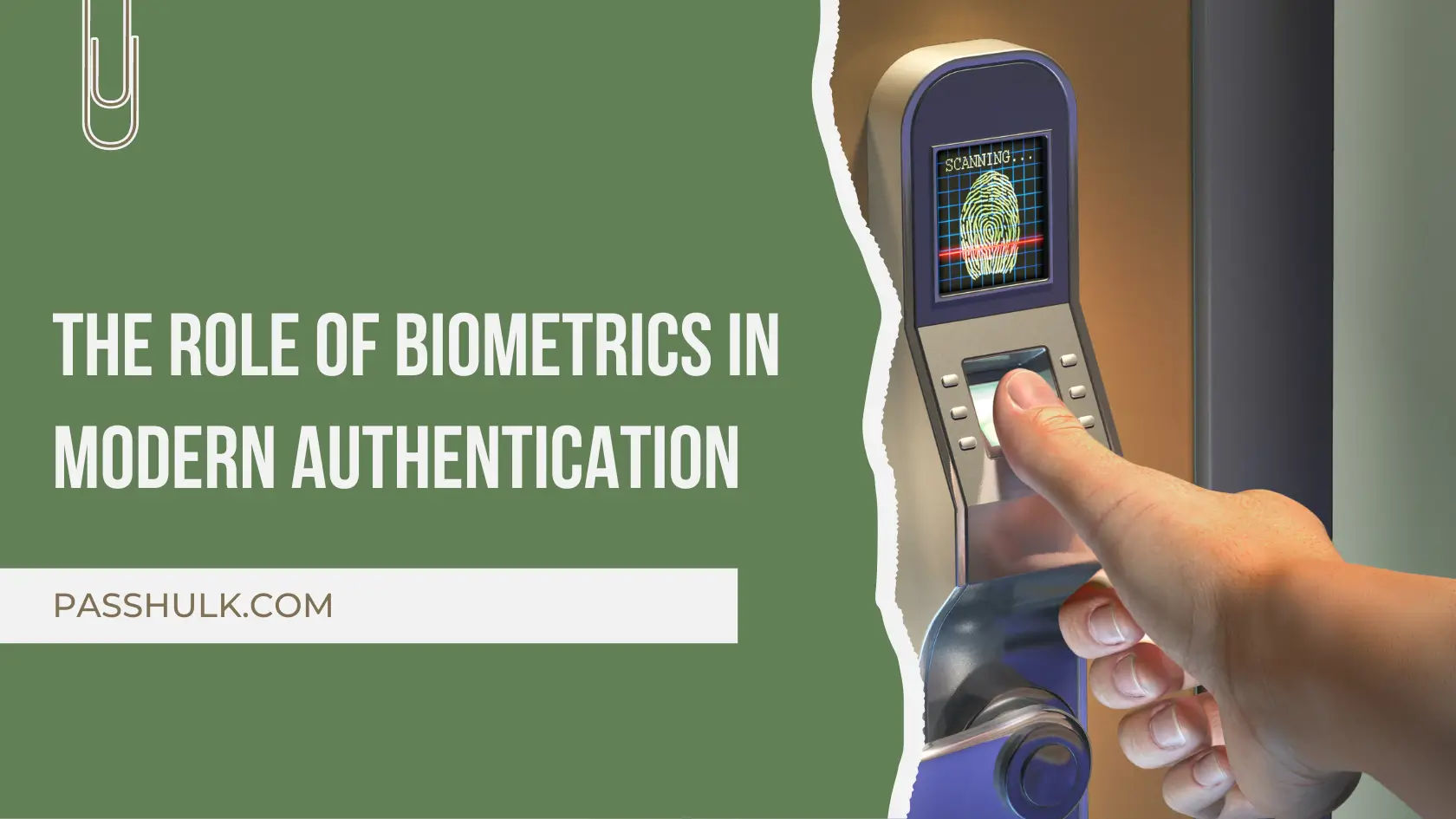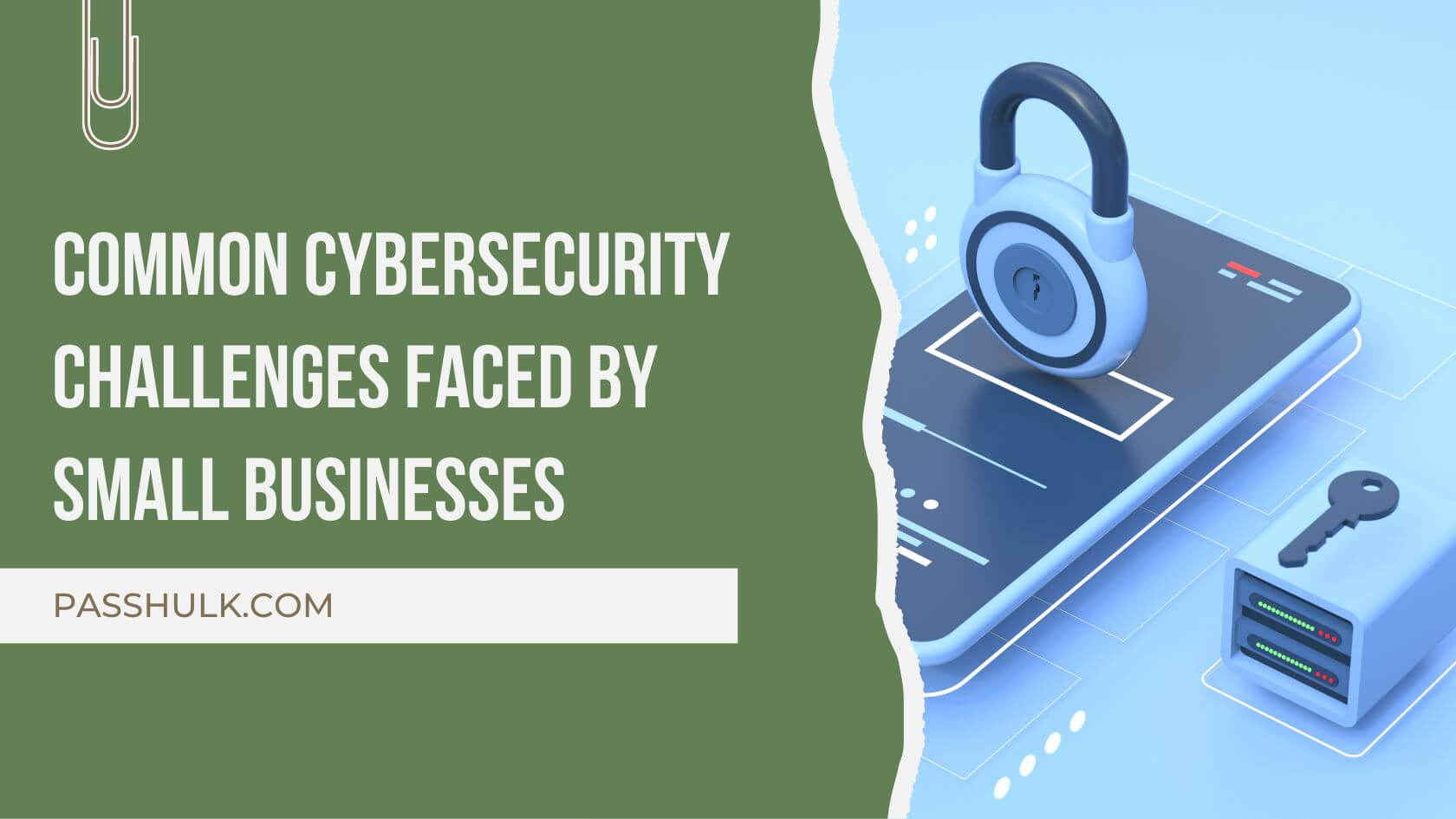Data breaches are a serious threat to the security and privacy of individuals’ personal information. It is crucial for organizations to have clear procedures in place for reporting breaches and taking prompt action to mitigate their impact. When a breach occurs, the initial steps include establishing the facts surrounding the incident, identifying the specific personal data that has been compromised, and assessing the potential impact on affected individuals. This process is known as a data breach impact assessment, which is essential for understanding the severity of the breach and determining the appropriate response.
Having a robust data protection policy is vital for preventing breaches and ensuring compliance with data protection laws. This policy should outline the organization’s commitment to protecting personal data and provide guidelines for reporting breaches and managing their aftermath. Equally important is fostering a culture of openness within the organization, where employees feel empowered to report breaches without fear of repercussion. This open communication is essential for promptly addressing breaches and minimizing their impact on individuals and the organization. By prioritizing breach reporting, implementing a data protection policy, and fostering a culture of openness, organizations can effectively mitigate the risks associated with data breaches.
Prelude to the Digital Storm
In the Prelude to the Digital Storm, the calm before the chaos of a data breach is explored. Organizations often underestimate the unseen fallout of a breach, focusing on immediate damage control rather than considering the long-term consequences. This prelude sets the scene for the impending cyber chaos that follows a breach, shedding light on the ripple effects that extend far beyond the initial incident.
The introduction to post-breach realities delves into the aftermath of a data breach, highlighting the hidden impacts on affected individuals, businesses, and even entire industries. It emphasizes the importance of understanding the full extent of the fallout, beyond just the immediate financial and reputational losses.
Navigating the digital aftermath requires a proactive call to action, urging organizations to adopt comprehensive strategies for dealing with the aftermath of a breach. This includes not only addressing the technical aspects of data security, but also the legal, regulatory, and public relations implications.
The Prelude to the Digital Storm serves as a cautionary tale, reminding organizations of the far-reaching consequences of a data breach and the need to be prepared for the unseen fallout that follows.
The Art of Discovery
Data breaches are a growing concern in today’s digital age, and being able to detect and understand the scope of a breach is crucial. The unveiling of a data breach begins with recognizing the signs of potential unauthorized access to sensitive information. Unusual account activity, unexpected system errors, and reports of phishing attempts are all red flags that may indicate a breach.
Once the breach is detected, unraveling the threads to understand its scope is essential. This involves identifying the type of data that has been accessed, the number of affected individuals or accounts, and the potential impact on the organization and its customers. Understanding the scope of the breach helps to determine the necessary steps for containment and remediation.
Investigating the digital crime scene is akin to a Sherlock Holmes moment, requiring a meticulous examination of digital footprints, log files, and network traffic to piece together the sequence of events leading up to the breach. This investigation can help to identify the source of the breach, the methods used by the intruder, and any vulnerabilities that were exploited.
By mastering the art of discovery in detecting and understanding data breaches, organizations can better protect their data and mitigate the impact of potential security incidents. Vigilance, thorough investigation, and swift action are key components in the fight against data breaches.
First Steps in the Digital Rubble
When facing a digital crisis, the first steps in the digital rubble are crucial in initiating an emergency response. The first immediate action is to sound the alarms and notify the relevant stakeholders about the cyber crisis. This includes alerting the IT team, management, and any other necessary parties to ensure that the situation is addressed promptly.
Following the alarm, the next step is to conduct a digital triage to prioritize immediate actions. This involves assessing the extent of the crisis and identifying the most critical areas that need to be addressed first. This may involve containing the breach, securing vulnerable systems, or mitigating any ongoing damage.
Once the digital triage is complete, the response team needs to be assembled. These are the superheroes in the cyber crisis, individuals with the expertise and skills to handle the situation effectively. This may include IT professionals, cybersecurity experts, and any other relevant team members who can contribute to resolving the crisis.
In conclusion, the first steps in the digital rubble involve sounding the alarms, conducting a digital triage, and assembling the response team. These initial actions are critical in laying the foundation for an effective and efficient response to the digital crisis.
Communicating in the Cyber Twilight
Communicating in the Cyber Twilight requires a nuanced and strategic approach to ensure transparency and trust. In this ever-evolving digital landscape, it is crucial to break the silence and craft a transparent communication strategy that addresses the concerns and needs of stakeholders. This means being open and honest about any issues or challenges, while also outlining concrete steps for resolution.
Furthermore, the human touch is essential when communicating with all affected parties. This involves conveying empathy, understanding, and a willingness to listen. Building and maintaining relationships in the digital realm is crucial for effective communication and reputation management.
In the digital storm of social media, orchestrating public relations requires finesse and agility. It is important to engage with the public and respond promptly and sensitively to any issues that may arise. This means actively monitoring and participating in digital conversations, as well as utilizing social media to amplify key messages.
Overall, communicating in the cyber twilight requires a multi-faceted approach that emphasizes transparency, empathy, and digital engagement to effectively navigate the complexities of the digital landscape.
Fortifying Digital Defenses
In the ever-evolving landscape of cybersecurity, fortifying digital defenses has become a critical priority for organizations. Building virtual barricades post-breach is essential to prevent further intrusions and protect sensitive data. This involves implementing robust security measures, such as firewalls, encryption, and access controls, to create a strong barrier against potential cyber threats.
The art of digital reconstruction plays a key role in patching vulnerabilities that may have been exploited during a breach. This involves identifying and addressing weaknesses in the system, applying necessary updates and fixes, and continuously monitoring for any signs of unauthorized access. By swiftly addressing and remedying vulnerabilities, organizations can effectively strengthen their defenses and minimize the risk of future breaches.
Cybersecurity alchemy is the process of turning weaknesses into strengths by leveraging advanced security technologies and strategies. This includes adopting proactive threat intelligence, implementing multi-factor authentication, and conducting regular security audits to identify and mitigate potential risks. By transforming weaknesses into strengths, organizations can bolster their overall security posture and better protect their digital assets.
In conclusion, fortifying digital defenses post-breach is crucial for organizations to safeguard against future cyber threats. By building virtual barricades, mastering the art of digital reconstruction, and embracing cybersecurity alchemy, businesses can enhance their security resilience and better defend against evolving cyber risks.
The Dance of Legalities
Navigating the legal landscape can often feel like a complicated dance, but it is essential for businesses to understand and comply with laws and regulations. “The Dance of Legalities” is a comprehensive program designed to help businesses navigate legal labyrinths, ensure compliance, and understand reporting requirements. This program covers a wide range of topics, including data privacy laws, consumer protection regulations, and industry-specific legal requirements.
In addition to understanding the laws, businesses must also know how to partner with law enforcement when necessary. “The Legal Waltz: Partnering with Law Enforcement” provides insight into best practices for working with law enforcement agencies, handling legal inquiries, and responding to subpoenas and warrants.
Furthermore, “Dotting the I’s and Crossing the T’s: Documenting the Digital Saga” emphasizes the importance of accurate and thorough documentation in the digital age. From contracts and agreements to electronic communications and data retention, proper documentation is crucial for legal protection and compliance.
By participating in these programs, businesses can better navigate the complexities of legal compliance, reporting, documentation, and law enforcement partnerships. It is essential to stay informed and educated in order to successfully navigate the legal dance.
From Chaos to Order: Data Restoration
In the digital age, the loss or compromise of essential data can be a crippling blow to any individual or organization. From accidental deletion to cyber-attacks, the need for proficient data restoration has never been more critical. This is where ‘The Phoenix Protocol’ comes into play, offering a structured approach to recovering lost or compromised data. By combining advanced technology with meticulous data recovery methods, ‘The Phoenix Protocol’ aims to breathe new life into the seemingly lost or damaged data.
Data healing rituals provide a balanced approach, weighing the need for speed with the necessity for precision. It’s a delicate dance between restoring data swiftly to minimize disruptions and ensuring that the recovered data is accurate and usable.
The restoration chronicles recount numerous victories in the midst of chaos, serving as a testament to the resilience and resourcefulness of those tasked with data restoration. Each success, no matter how small, serves as a reminder that from chaos, order can be restored.
In conclusion, the journey from chaos to order in data restoration is a challenging yet essential endeavor. ‘The Phoenix Protocol’ and data healing rituals provide valuable guidelines, while the restoration chronicles offer inspiration and valuable lessons. Ultimately, from chaos arises the opportunity to restore lost or compromised data, bringing order and stability back to the digital realm.
Aftermath: Post-Breach Resilience
In the wake of a cyber breach, organizations must focus on post-breach resilience to bounce back and implement long-term security measures. Tales of resilience from other organizations serve as a guide, providing insight into the steps taken to recover and strengthen cybersecurity protocols. It is essential to cultivate a culture of cyber vigilance, emphasizing the legacy of resilience and the importance of ongoing vigilance in the face of evolving cyber threats. Implementing long-term security measures is crucial to prevent future breaches and ensure the organization is prepared to face any potential cyber threats.
Organizations must learn from the aftermath of a breach, understanding the weaknesses in their cybersecurity infrastructure and taking proactive steps to fortify their defenses. This may include investing in advanced security technologies, providing comprehensive cybersecurity training for employees, and establishing a robust incident response plan. By focusing on post-breach resilience, organizations can emerge from a cyber attack stronger and more prepared to mitigate future risks, ensuring the safety of their data and the trust of their stakeholders.
Cybersecurity Wisdom: Preparing for Future Storms
In the ever-evolving landscape of cyber threats, it is essential for organizations to arm themselves with the wisdom and foresight to prepare for future storms. The Crystal Ball Gaze: Learning from the Data Breach Experience offers a valuable opportunity to analyze past breaches and glean valuable insights to fortify cyber defenses. By understanding the patterns and tactics used by cybercriminals, organizations can better anticipate and prevent future threats.
The Art of Cyber Prophesy: Predicting and Preventing Future Threats delves into the methodologies and technologies that can be harnessed to anticipate and thwart impending cyber-attacks. This proactive approach allows organizations to stay one step ahead, mitigating the potential impact of security breaches.
The Eternal Guardian: Sustaining Cybersecurity Preparedness emphasizes the importance of continuously evolving and adapting cybersecurity strategies. With the rapidly changing nature of cyber threats, it is crucial for organizations to cultivate a culture of ongoing vigilance and preparedness.
In conclusion, cybersecurity wisdom involves a combination of learning from past experiences, predicting and preventing future threats, and sustaining a state of perpetual preparedness. By embracing these principles, organizations can better equip themselves to navigate the complex and dynamic cyber threat landscape.
A Symphony of Closure
As we reach the closing act of our journey post-breach, it is important to reflect on the resilience and dedication that has brought us to this point. While the breach may have caused disruptions and challenges, it has also provided us with an opportunity to strengthen our security measures and recommit to the ongoing protection of our digital assets.
Just as a sonata continues to evolve and captivate its audience, our commitment to security must remain a constant melody in our digital landscape. We must continue to adapt, innovate, and invest in the necessary resources to safeguard our systems and data from future threats.
Finally, as we conclude this guide with hope, let us remember that resilience is not just about overcoming adversity, but about thriving in the face of it. Our journey post-breach has taught us valuable lessons in resilience, and it is this resilience that will carry us forward with confidence and determination.
In this symphony of closure, let us celebrate the progress we have made, acknowledge the challenges we have overcome, and embrace the resilience that will guide us toward a more secure and resilient digital future.
Frequently Asked Questions:
What is the first step organizations should take when a data breach occurs?
Answer: The initial steps include establishing facts, identifying compromised personal data, and conducting a data breach impact assessment to understand the severity and plan an appropriate response.
Why is having a robust data protection policy essential for organizations?
Answer: A robust data protection policy is vital for preventing breaches, ensuring compliance, and fostering a culture of openness, empowering employees to report breaches without fear of repercussion.
What is emphasized in the Prelude to the Digital Storm?
Answer: The Prelude sets the scene for the cyber chaos following a breach, shedding light on the unseen fallout’s ripple effects, urging organizations to adopt comprehensive strategies for the aftermath.
How can organizations master the art of discovery in data breaches?
Answer: Detecting and understanding breaches require recognizing signs of unauthorized access, unraveling the breach’s scope, and conducting a meticulous investigation of digital footprints and network traffic.
What are the first steps in the digital rubble post-breach?
Answer: Sounding alarms, conducting digital triage, and assembling a response team are crucial initial actions to address a cyber crisis effectively.
What is emphasized in “Communicating in the Cyber Twilight”?
Answer: It stresses the need for a nuanced and transparent communication strategy, incorporating empathy, understanding, and active engagement to navigate the complexities of the digital landscape.
Why is fortifying digital defenses crucial post-breach?
Answer: Building virtual barricades, mastering digital reconstruction, and embracing cybersecurity alchemy are essential for preventing future cyber threats and enhancing overall security resilience.
What does “The Dance of Legalities” cover?
Answer: It is a comprehensive program guiding businesses in navigating legal labyrinths, ensuring compliance with data privacy laws, partnering with law enforcement, and emphasizing the importance of documentation.
What is highlighted in “From Chaos to Order: Data Restoration”?
Answer: ‘The Phoenix Protocol’ and data healing rituals provide a structured approach to recovering lost or compromised data, emphasizing the delicate balance between speed and precision.
Why is post-breach resilience crucial for organizations?
Answer: Tales of resilience guide organizations in implementing long-term security measures, learning from weaknesses, fortifying defenses, and cultivating a culture of ongoing vigilance against evolving cyber threats.
What does “The Art of Cyber Prophesy” focus on?
Answer: It delves into methodologies and technologies for anticipating and preventing future cyber threats, promoting a proactive approach to stay one step ahead of potential security breaches.



